The 8 Best Easter Holidays in Portugal
The celebration of Easter very much marks the traditions of Christian countries, namely Catholics. This is what happens in Portugal, a country of tradition and roots linked to Catholicism. In Portugal, in addition to the religious dimension, there is also a civil importance. Easter time is synonymous with school and often work holidays (enhanced by the associated holidays), so it is also a travel block and the discovery of different celebrations. And some of these celebrations are widely popular, either for their size, or for their differentiation from the most common Easter religious rituals, though symbolism and meaning are more or less common and aligned with the Easter spirit.
The village of Montalegre, in the Vila Real district, is famous for celebrations and events of various iconic, religious or pagan dates, which attract thousands of visitors (such as Friday the 13th). In the Easter season, the most remarkable celebration is the burning of Judas, which takes place on the Saturday before Easter Day. It is a celebration marked by the light show it provides. Straw dolls, which symbolize Judas, travel in procession to the Butchers Terreiro, near the castle, where they are burned. This gesture symbolizes Judass punishment for betrayal of Jesus and, in a broad sense, the struggle of Good against Evil. More recently, this celebration has gained contours of social criticism, with some of the Straw Judas being associated with perceived problems in Portuguese society.
This village in Faro district hosts one of Easters most colorful and fragrant celebrations. The hallelujah procession on Sunday marking the resurrection of Christ replaces the walkers with torches made of country flowers carried only by men. The street that welcomes the procession completes the colorful scenery with a carpet of flowers that stretches for over a kilometer, and the windows and balconies of the houses decorated with rigor. The preparation of this party requires a hard work of picking flowers, building torches and flower mats, nights and early mornings during the previous days.
Not only of colors, flavors and aromas do Easter celebrations. In this village of Castelo Branco district, the resurrection of Jesus is celebrated with a lot of noise, beyond joy. On Saturday night, people and visitors gather at the church, where the priest begins the procession, pronouncing “Hallelujah”. This is followed by the procession passing through the village to the sound of whistles and rattles (or another equally noisy instrument) as the priest celebrates Mass in the Church. It is part of the tradition that women can touch adufos, symbolizing the joy of the Risen Mother and devotion to Mary. The procession participants then return to the starting point, where they receive almonds thrown by the local parish priest.
This is yet another example of a celebration that has one of its main attractions in light. More than 50,000 candles, called small bowls, illuminate the bridges and riverbanks, houses and streets, in a show with the collaboration of energy companies, who cut the light supply for a few moments, so that the light impact is even greater. . The illuminated path corresponds to the path taken by the image of Senhor dos Passos in procession, back to Entre-os-Rios, on Thursday night, after being “stolen” by Torrãos folk the night before, as tradition dictates. .
In this border area with Spain, the culmination of Easter celebrations truly symbolizes the spirit of tolerance, unity and love of neighbor. On Monday, the priest is transported by boat to Spain, where he kisses the bar with the local Galician population. On his return, the boat also carries the Spanish parish priest, who kisses the bar with the local Portuguese population. The parish priests journey is accompanied by fishing boats that cast their nets so that they may be blessed and the fruit of the fishery offered to the priest. The crossings are cheered by local fanfares and celebrated with fireworks.
In addition to the usual and most common traditions of fasting, eucharist, parish priest, almond, egg and foliar visits, the history of Portugal has held celebrations that are truly attractive to hundreds if not thousands of visitors in various points from north to south of the world. parents. Despite their singularities, they have in common the desire to celebrate the resurrection of Jesus Christ. It is also its singularities that contribute to reinforce the already vast cultural richness of the country, which can be known by taking advantage of the period of some break, work and school, that the court provides.
Judas Burning - Montalegre
Flowering Torch Festival - São Brás de Alportel
This village in Faro district hosts one of Easters most colorful and fragrant celebrations. The hallelujah procession on Sunday marking the resurrection of Christ replaces the walkers with torches made of country flowers carried only by men. The street that welcomes the procession completes the colorful scenery with a carpet of flowers that stretches for over a kilometer, and the windows and balconies of the houses decorated with rigor. The preparation of this party requires a hard work of picking flowers, building torches and flower mats, nights and early mornings during the previous days.
Hallelujah Saturday - Idanha-a-Nova
Endoença - Torrão and Between-the-Rivers
This is yet another example of a celebration that has one of its main attractions in light. More than 50,000 candles, called small bowls, illuminate the bridges and riverbanks, houses and streets, in a show with the collaboration of energy companies, who cut the light supply for a few moments, so that the light impact is even greater. . The illuminated path corresponds to the path taken by the image of Senhor dos Passos in procession, back to Entre-os-Rios, on Thursday night, after being “stolen” by Torrãos folk the night before, as tradition dictates. .
Throw of the Cross - Caminha
In addition to the usual and most common traditions of fasting, eucharist, parish priest, almond, egg and foliar visits, the history of Portugal has held celebrations that are truly attractive to hundreds if not thousands of visitors in various points from north to south of the world. parents. Despite their singularities, they have in common the desire to celebrate the resurrection of Jesus Christ. It is also its singularities that contribute to reinforce the already vast cultural richness of the country, which can be known by taking advantage of the period of some break, work and school, that the court provides.
Outros Artigos Populares no Blogue
-
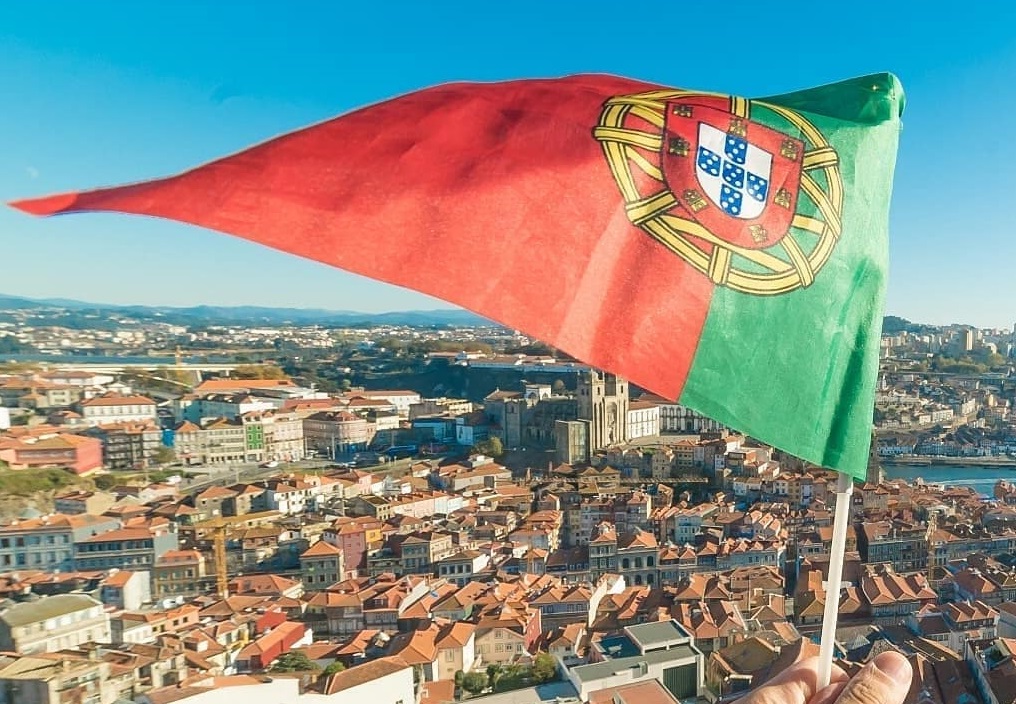

Everyone is familiar with the modern car, the train or the plane. However, there are some places in the world that depend on other rather unusual... -


Where to rent motorhomes in Portugal
If you want to rent a campervan, you can use companies like Indie Campers , Campervan Portugal or Cam... -
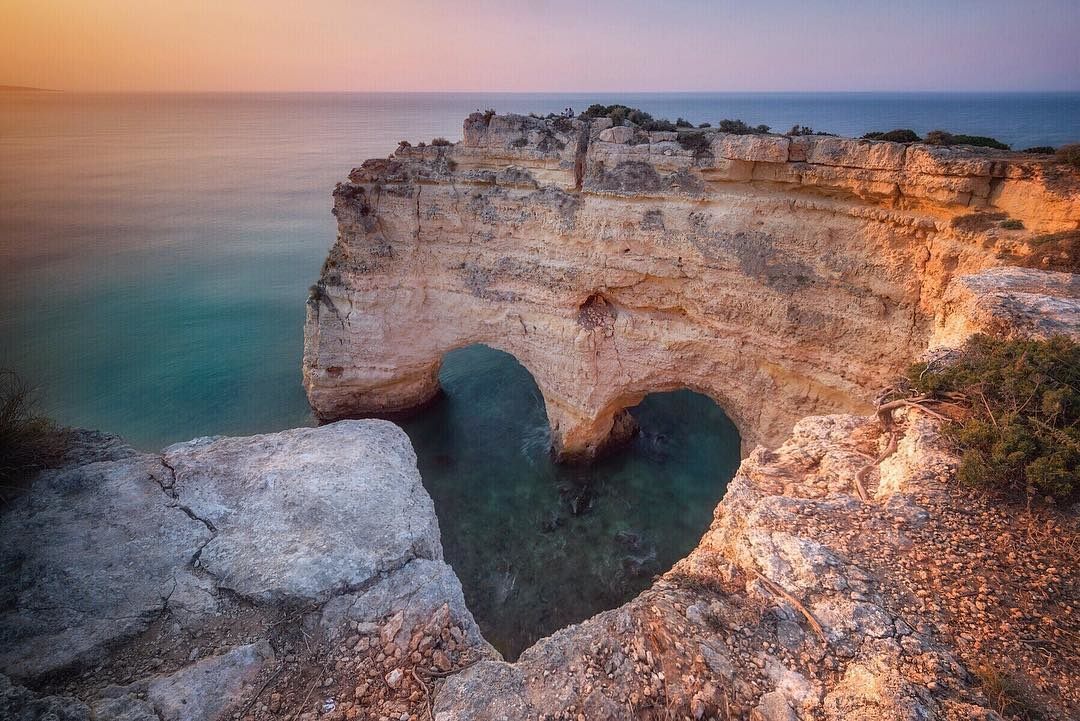

These are the best beaches in the world according to Tripadvisor 1 is Portuguese
10. Seven Mile Beach, Jamaica The gentle swaying waves of this beach of white sand and crystal clear water could very wel... -
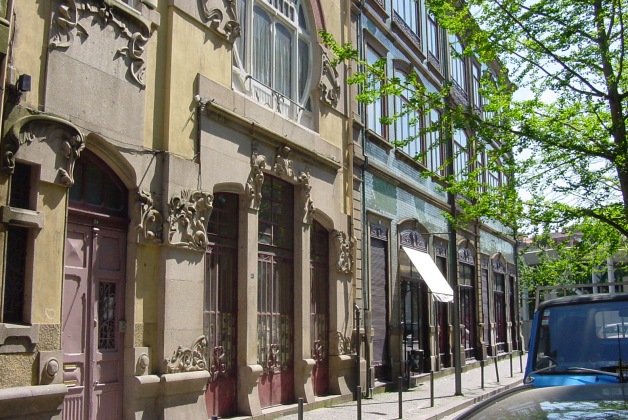

Visit the Paris Gallery Street in Porto Portugal
Opened in 1903, on the block formerly occupied by the Carmelite Convent, the buildings that flank the Rue de la Galeria de Paris are elegant and of go... -
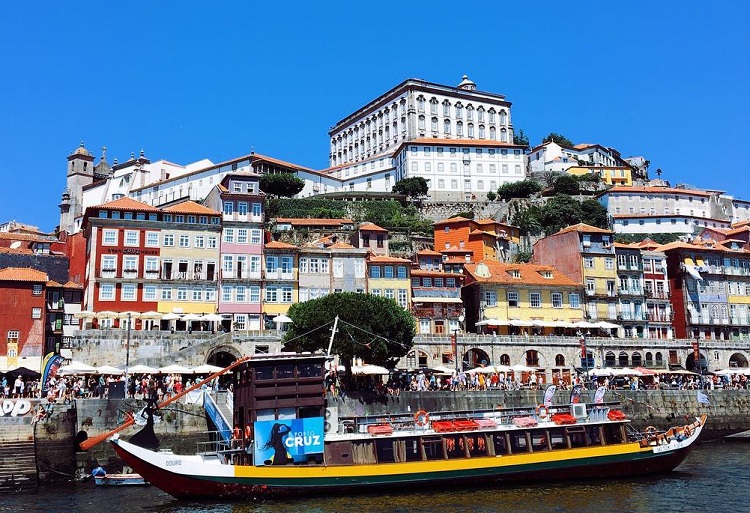

The 8 Best Easter Holidays in Portugal
The celebration of Easter very much marks the traditions of Christian countries, namely Catholics. This is what happens in Portugal, a country of... -
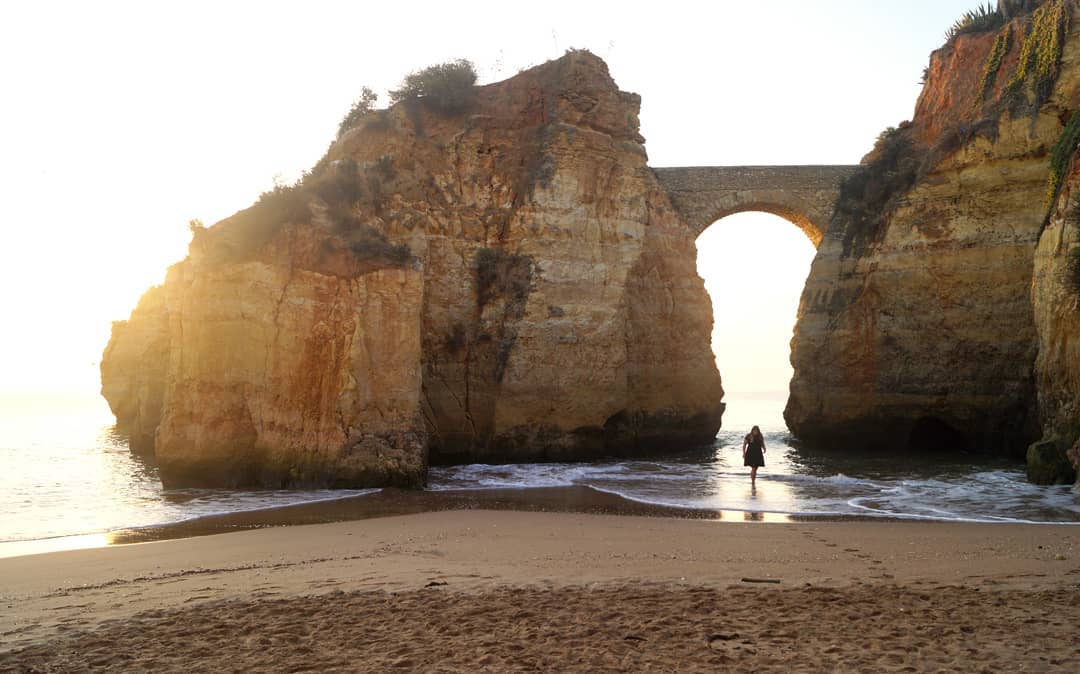

12 paradisiacal beaches in Portugal some almost secret
They do not have the best access, there are no men selling Berlin balls, and in some cases you can see nothing but sand for several kilometers. T... -
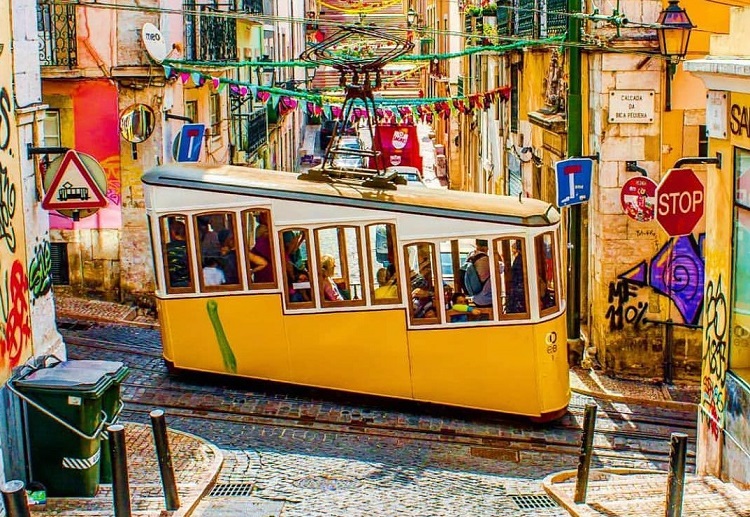

10 amazing things that the Portuguese gave to the world
For a small country, Portugal has made massive contributions to the world throughout its history. Once pioneers who discove... -
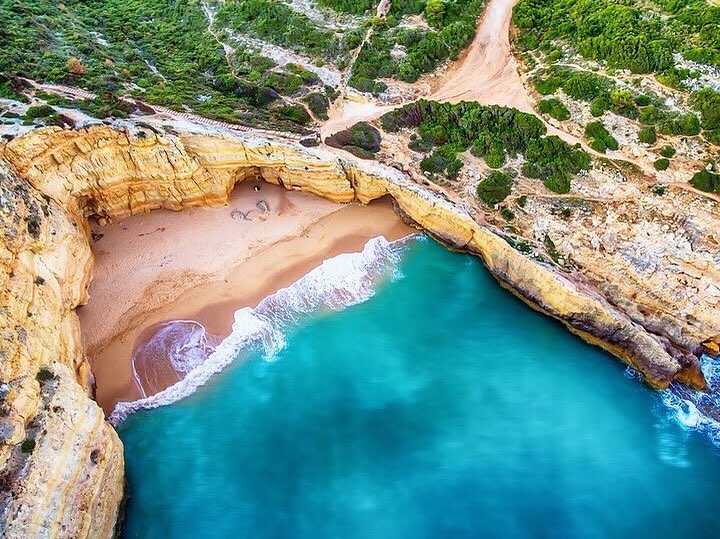

These are the 375 Portuguese gold quality beaches this summer.
Portugal has, in 2019, 375 beaches with gold quality, 15 less than in 2018. The Tagus and West region has the most distinctions. See the full lis...
